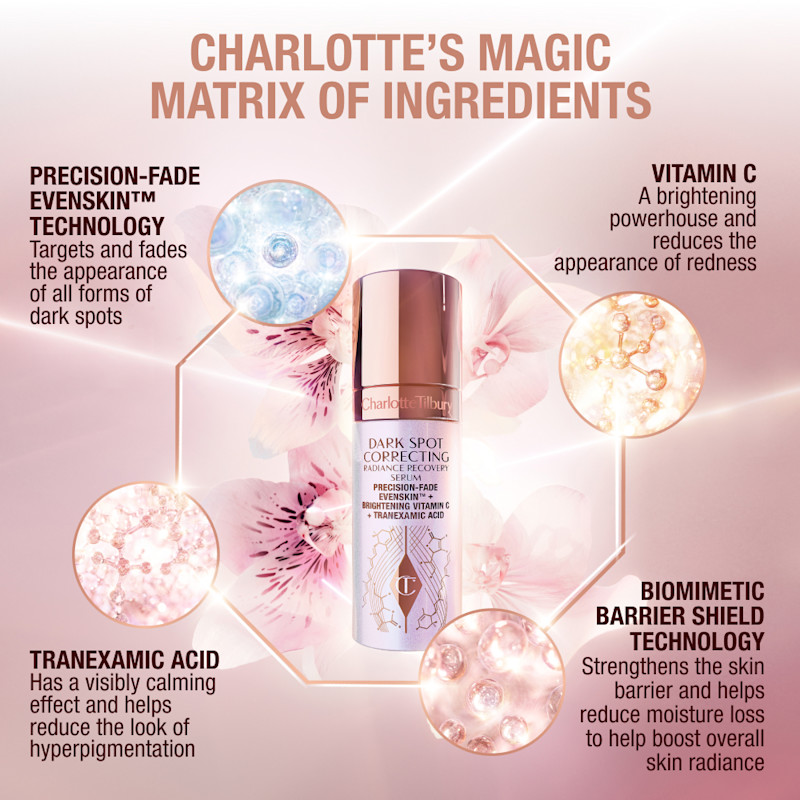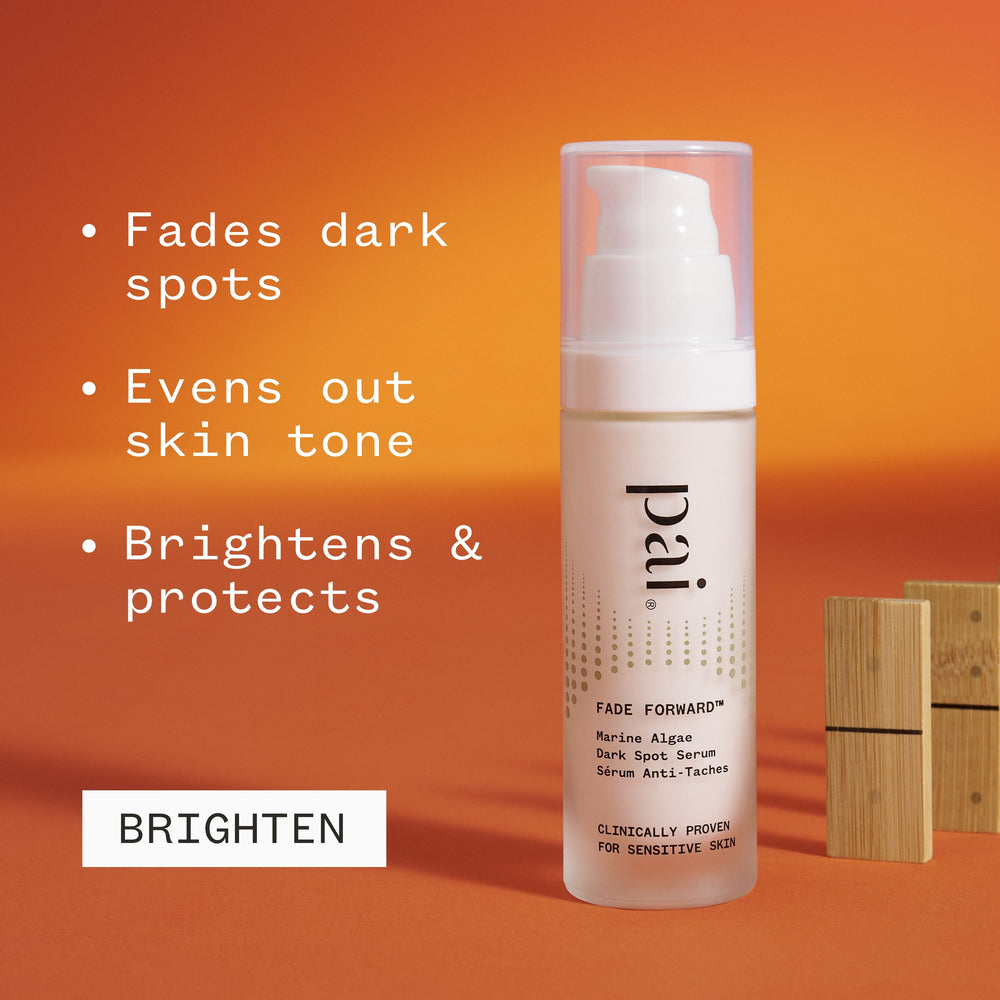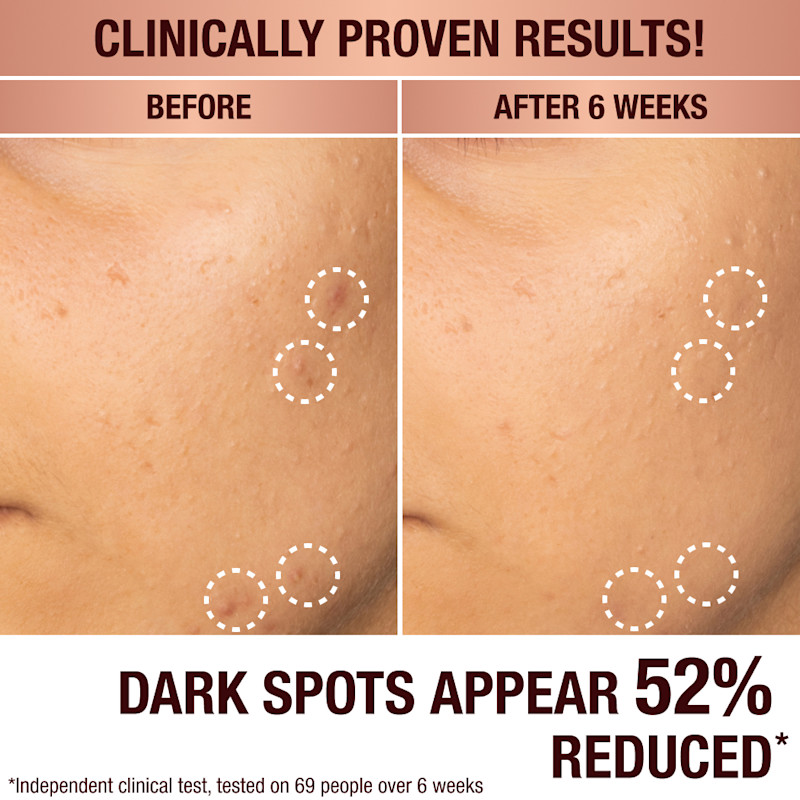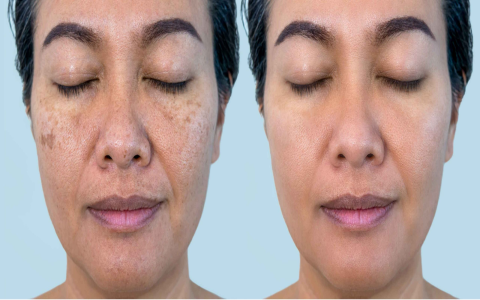So, I’ve been on this journey, right? Dealing with those annoying dark spots, what they call hyperpigmentation. It’s a pain. I started looking into stuff, and honestly, some of the chemical things out there scared me a bit. I thought, there has to be a more natural way, or at least something gentler to start with. That’s how I tumbled down the rabbit hole of natural oils.

My First Steps with Oils
I started reading up, and a few names kept popping up: rosehip oil, jojoba oil, and pomegranate seed oil. Apparently, these are packed with good stuff like vitamins and antioxidants. The idea is they can help calm down melanin production – that’s the stuff that makes the dark spots – and help your skin cells turn over faster, plus give some good hydration. Sounded decent enough for me to give it a shot.
So, I decided to experiment. I didn’t want to go all out and buy everything at once. I started with rosehip oil because I read a lot about it for scars and evening out skin tone.
The Actual Process: What I Did
Here’s what my routine looked like:
- Every night, after washing my face, I’d take just a few drops of the rosehip oil. Like, 3 or 4 drops, that’s it.
- I’d warm it up a tiny bit between my palms.
- Then, I’d gently pat and press it into my skin, focusing a bit more on the areas with hyperpigmentation. I didn’t rub like crazy, just gentle pressing.
At first, I was a bit worried it would make my skin super greasy, ’cause, you know, it’s oil. But rosehip oil is surprisingly not that heavy. Jojoba oil, which I tried later, is also pretty good because it’s supposed to be similar to our skin’s own oil.
Patience, Patience, and More Patience
Now, here’s the kicker: this stuff doesn’t work overnight. Not even close. For the first couple of weeks, I was like, “Is anything even happening?” My skin felt a bit softer, maybe more hydrated, which was nice, but the dark spots were still stubbornly there.

I almost gave up a few times, thinking it was just a waste of time. But I stuck with it. I told myself, “Okay, natural stuff usually takes longer.”
What I Started Noticing
After about, I’d say, a solid month and a half, maybe two months, I started seeing some subtle changes. Subtle is the key word here. The spots weren’t gone, but they looked a tiny bit lighter. My overall skin tone seemed a little more even. It wasn’t dramatic, but it was something.
I also experimented with adding a drop of pomegranate seed oil to my rosehip oil sometimes, ’cause I read it’s super rich in antioxidants. Can’t say if it made a huge difference on its own, but my skin generally felt good, healthier, you know?
Thinking About Other Stuff Too
While I was doing the oil thing, I also read that gentle exfoliation can help with hyperpigmentation because it helps get rid of those dead, pigmented skin cells on the surface. So, I started looking for a really mild cleanser that had something like salicylic acid. I was careful though, didn’t want to overdo it and irritate my skin, especially while using oils.
I found a gentle one and used it a few times a week, not every day. I think this combo, the oils for nourishment and repair, and the gentle exfoliation, probably helped things along a bit more than just oils alone would have.

My Takeaway From All This
So, yeah, that’s been my experience. Natural oils aren’t miracle workers, at least not for me in terms of instant results for hyperpigmentation. But with consistent use and a lot of patience, I did see some improvement. My skin definitely feels more hydrated and looks a bit brighter overall.
It’s about finding what works for your skin. I had to try a couple of things. And remember, what works for one person might not work for another. But if you’re looking for a gentler approach, natural oils are definitely worth considering as part of your skincare experiments. Just don’t expect those spots to vanish in a week!









